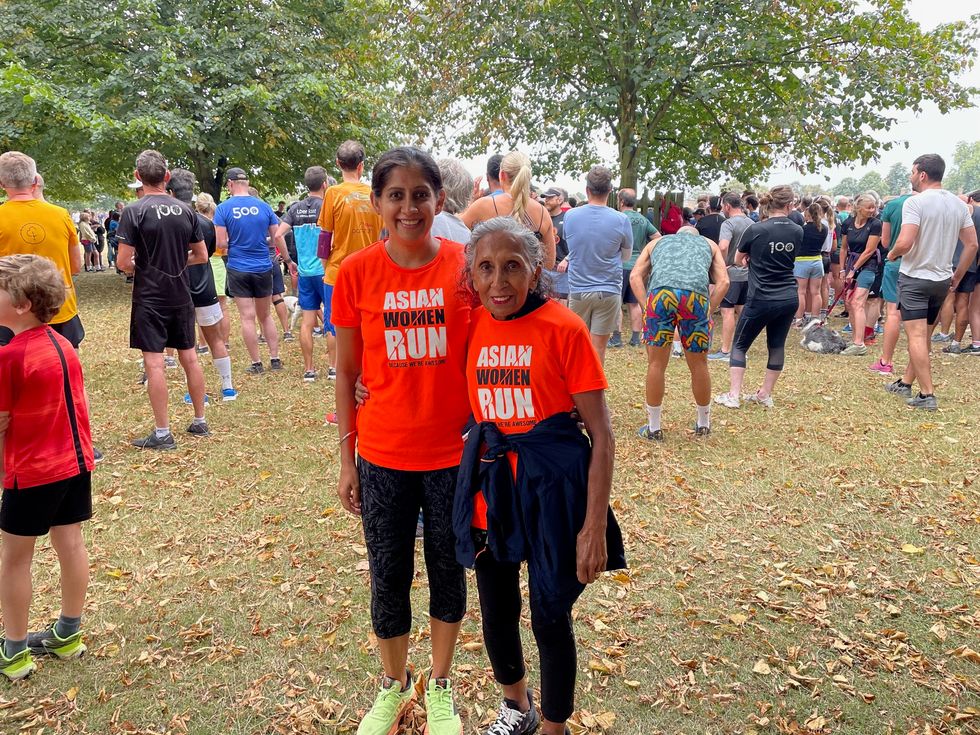By Sunder Katwala
Director, British Future
Immigration was at the heart of the EU referendum debate. So, it is surprising, two and a half years later, that nobody has any more information about what will and won’t change as a result.
The government has sought to duck and to delay the debate for as long as possible, perhaps out of fear that it may prove the most polarising and divisive of all the Brexit issues.
This may be the week when that debate about the future of immigration finally got going. Home secretary Sajid Javid received a long-awaited report from the Migration Advisory Committee, setting out the evidence on the impact of EU immigration.
Prime minister Theresa May has summoned a special Cabinet summit, apparently the very first time that ministers will have held a substantive discussion of what the post-Brexit system might look like. And the National Conversation on Immigration, the biggest ever public consultation on immigration in Britain, offered a detailed picture of what the public really thinks about this most hotly debated issue.
Those of us who believe immigration brings benefits to Britain’s economy and our society face a clear challenge. We must rebuild public confidence in how we manage migration and integration. That will not be possible without involving the public in the debate. That was the rationale behind the National Conversation on Immigration. It was jointly conducted by my think-tank, British Future, and Hope Not Hate, the anti-prejudice civic society group.
We travelled over 15,000 miles-everywhere from Southampton to the Shetlands, Bradford to Belfast, Wolverhampton to Wrexham -to bring together panels of citizens in 60 towns and cities, across every nation and region of the UK. We asked them to grapple with the future choices government ministers will now face.
We found very low trust in how governments have handled immigration. The New Labour governments failed to anticipate the scale and pace of immigration following the eastward expansion of the EU after 2004, while then prime minister David Cameron and May (then home secretary) made promises they could not keep to slash net migration, reinforcing the sense that the government doesn’t know what it is doing on immigration. Yet, while people were frustrated by the failures of government, we heard constructive and pragmatic views about what should happen next.
Most people are “balancers”, seeing both the gains and pressures of migration. They do not think skilled or student immigration has been too high. They would like more control over low-skilled migration, but are pragmatic about well-managed migration when it is needed to fill jobs from care workers to farming. But the research also captured a huge gulf between these constructive, real-world conversations and a much more polarised online debate, British Asians who took part in the National Conversation where the “balancer” majority rarely get involved.
British Asians who took part in the National Conversation were mostly balancers too. All participants were asked to give a 1-10 score to sum up the pros and cons of immigration for Britain. British Asians give an average score of 6.5 out of 10, while white participants gave an average score of 5.5 in a nationally representative ICM poll for the project.
The presence of immigration in every family history makes the glass slightly more than half-full for British Asians.
Awareness of the gains for the NHS, the economy and society are combined with an emphasis on handling local pressures better and ensuring we have a more integrated society, rather than a more segregated one, as the country becomes more diverse. Many British Asian participants were promigration overall, but did not see EU free movement striking the balance fairly, drawing on family and friends’ experiences of interactions with the Home Office.
Can the home secretary now develop a more balanced policy that would better reflect the nuances of how people really think about immigration? Javid is probably rather more sympathetic than the prime minister to the National Conversation recommendation that the government replaces the broken “one-size fits all” net migration target with a three-year migration strategy, setting future targets which treat different types of migration differently. The public sees that as common sense.
The home secretary should take confidence from the National Conversation that it is possible to have a proper conversation, not a shouting match, about immigration – but politicians will need to engage the public to rebuild trust. We recommend that the government conducts an ongoing National Conversation of its own. An annual immigration day, rather like the budget, could be a focal point for an rather than the moderate and pragmatic majority ongoing conversation, where all voices get heard, getting drowned out by those who shout loudest.
Heading into the autumn party conferences, British politics seems more divided than ever. Yet the National Conversation on Immigration shows a public ready to respond to an effort to find the common ground. It is time for new leadership on immigration.
















 Heehs describes two principal approaches to biographyAMG
Heehs describes two principal approaches to biographyAMG



 David Beckham wearing a David Austin Roses "King's Rose" speaks with King Charles III during a visit to the RHS Chelsea Flower Show at Royal Hospital Chelsea on May 20, 2025Getty Images
David Beckham wearing a David Austin Roses "King's Rose" speaks with King Charles III during a visit to the RHS Chelsea Flower Show at Royal Hospital Chelsea on May 20, 2025Getty Images
New Leadership on Immigration